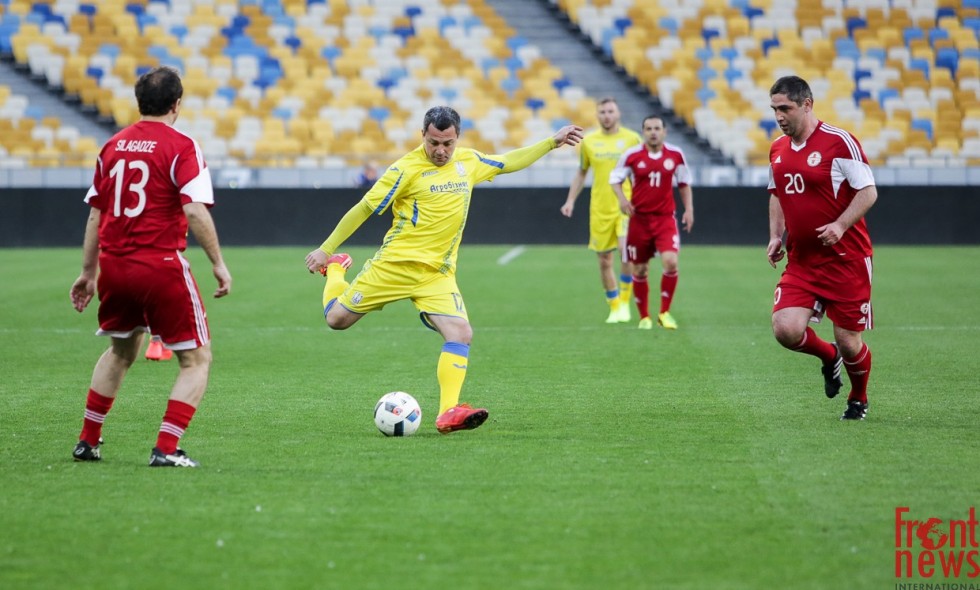VAR, or Video Assistant Referee, plays a crucial role in modern soccer by ensuring the accuracy of pivotal refereeing decisions. However, it is not without its share of controversy.
Many players and fans express frustration over the extended waiting time for decisions, which can disrupt the flow of the game and dampen its momentum.
The Impact of VAR on Soccer
While VAR brings several benefits to soccer, such as assisting referees in making precise judgments, there are those who argue that it hinders the game, making it slower and less thrilling.
For instance, the review process for incidents that can significantly affect the game’s outcome can be time-consuming, leading to heightened tension for both teams, particularly if the decision goes against them. Time is a valuable resource for teams aiming to secure victory, and any interruptions can disrupt their momentum.
VAR also appears to reduce the influence of home crowd pressure on a referee’s decisions, as it operates mechanically and impartially, unaffected by external factors.
VAR’s Role in Refereeing Decisions

VAR is primarily utilized to correct clear and obvious errors made by match officials in four specific areas: goals, penalty incidents, direct red card incidents, and mistaken identity. However, it does not have the authority to review factual decisions such as offsides or whether a foul occurred.
In the context of penalties and red card incidents, research indicates that VAR diminishes referee bias by eliminating the influence of home crowd pressure on the head referee (as observed in Columns 1-3 of Table 3). It also helps mitigate inherent perceptual shortcomings in the judgment of these events by the head referee.
While VAR adds complexity to the game and can slow down matches, it represents a significant step toward ensuring the accuracy of refereeing decisions. For instance, prior to VAR’s introduction, Italian Serie A referees tended to favor the home team in terms of added time (as evidenced in Table 3, Columns 4-6). This trend reversed with the implementation of VAR.
Controversy Surrounding VAR in Soccer
In the world of soccer, VAR remains a contentious subject. Many fans argue that it detracts from the spontaneity and excitement of the game, while others believe it is essential for maintaining fairness and competitiveness. Nevertheless, several issues associated with VAR need to be addressed.
The primary concern revolves around the extended review process, which can disrupt the game’s flow, sap energy, and create tension among ket qua bong da hom nay players and fans. Furthermore, VAR’s accuracy relies on proper calibration, and inaccuracies can lead to prolonged pauses during matches as referees await the decision review. Additionally, referees often face challenges in determining whether a decision should be overturned or upheld.
Offside Decisions and VAR Technology
The beauty of soccer lies in its moments of drama and tension, often determined by split-second decisions by referees that can significantly impact a team’s fortunes. While accuracy is paramount, the extended time taken for decisions can disrupt the game’s momentum and dampen the excitement.
Critics argue that VAR has introduced unnecessary delays and prolonged stoppages in matches. Moreover, they contend that VAR’s decision-making process lacks transparency, preventing spectators from observing the discussions between the central referee and the video assistant.
Penalty Decisions and VAR’s Influence
In an effort to enhance fairness and address human perception limitations, soccer has progressively introduced technological aids to elite matches, with VAR being the most recent addition. VAR allows referees to review decisions using video footage from multiple angles and replays, aiming to eliminate biases and perceptual flaws.
Research findings suggest that VAR can reduce the home-team advantage but does not consistently affect other match variables. Notably, there is no evidence that VAR leads to an increase in the number of penalty kicks or red cards awarded to the away team. This is likely because situations that result in penalties or red cards are generally clear-cut and do not require additional monitoring.